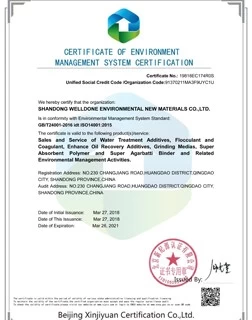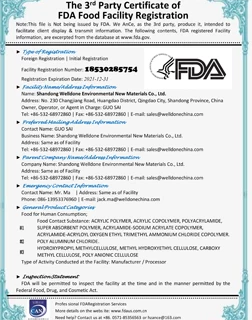Application of hydroxypropylmethylcellulose in building materials
Amount of hydroxypropylmethylcellulose
Propylmethyl cellulose (HPMC) is a nonionic cellulose ether prepared from a series of chemical processes using the natural polymer material cellulose as raw material.Hydroxypropylmethylcellulose (HPMC) is an odorless, odorless, and non-toxic white powder that can be dissolved in cold water to form a transparent viscous solution.It has the properties of thickening, adhesion, dispersion, emulsification, film formation, suspension, adsorption, gelling, surface activity, moisture retention and colloid protection.
What is the main use of hydroxypropylmethylcellulose (HPMC)?
HPMC is widely used in building materials, coatings, synthetic resins, ceramics, medicine, food, textiles, agriculture, cosmetics, tobacco and other industries.HPMC can be divided into: construction grade, food grade and pharmaceutical grade according to its use.At present, most of the domestic products are construction grade. In the construction grade, the amount of putty powder is very large. About 90% is used to make putty powder, and the rest is used as cement mortar and glue.
Application of hydroxypropylmethylcellulose in building materials
1. Masonry mortar plastering mortar
High water retention can make the cement fully hydrated.Significantly increase the bond strength.At the same time, the tensile and shear strength can be appropriately improved.Greatly improve the construction effect and improve work efficiency.
2.Water resistant putty
The main role of cellulose ether in putty is to retain water, bond and lubricate to avoid excessive water loss leading to cracks or depowering. At the same time, it increases the adhesion of putty and reduces the sagging phenomenon in construction, making the construction smoother and labor-saving.
3.Interface agent
Mainly used as a thickener, it can improve tensile strength and shear strength, improve surface coating, enhance adhesion and bond strength.
4.Exterior wall insulation mortar
Cellulose ether plays a key role in bonding and increasing strength in this material, making the mortar easier to apply and improving work efficiency. At the same time, it has anti-hanging ability and high water retention performance. It can extend the working time of the mortar, improve shrinkage and cracking resistance, improve surface quality, and improve bond strength.
5.Tile binder
The high water retention does not require pre-soaking or wetting of ceramic tiles and substrates, which significantly improves their bonding strength. The slurry can have a long construction cycle, delicate, uniform, convenient construction, and good slip resistance.
6.Caulking agent
The addition of cellulose ether makes it have good edge adhesion, low shrinkage and high wear resistance, protects the base material from mechanical damage, and avoids the negative effects of water penetration on the entire building.
7.Self-leveling material
The stable viscosity of cellulose ether ensures good fluidity and self-leveling ability, and the control of water retention rate enables it to solidify quickly, reducing cracking and shrinkage.




.jpg.webp)

